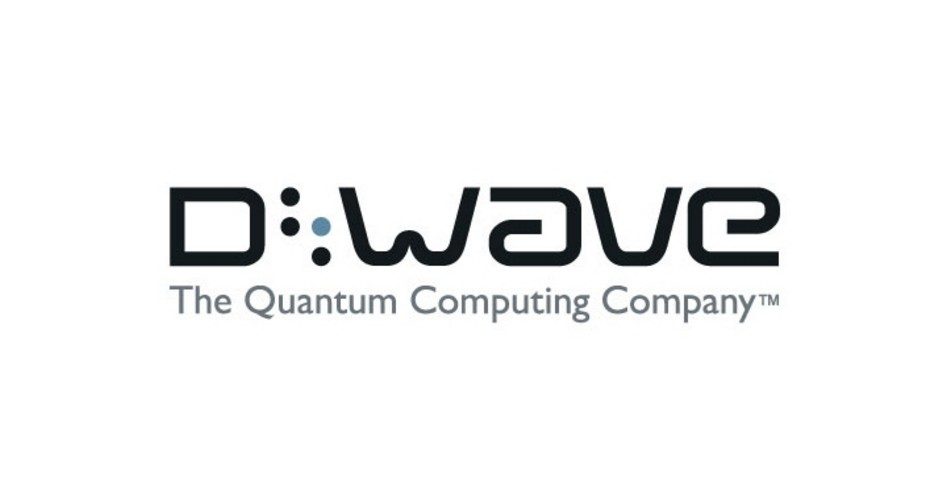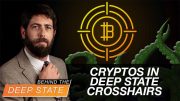
Two announcements in May about the collaboration of the National Aeronautics and Space Administration (NASA), Google, and a private, non-profit group, the Universities Space Research Association (USRA) marked an impressive, and potentially threatening, milestone in “machine learning” — teaching computers how to recognize and sort patterns in vast disparate collections of data.
The first announcement, from D-Wave Systems, a small company funded by investors including Amazon’s founder Jeff Bezos and Goldman Sachs, noted
that its new 512-qubit quantum computer, the D-Wave Two, will be installed at the new Quantum Artificial Intelligence Lab, a collaboration among NASA, Google and the Universities Space Research Association (USRA).
The purpose of this effort is to use quantum computing to advance machine learning in order to solve some of the most challenging computer science problems.
Installation has already begun at NASA’s Ames Research Center in Moffett Field, California, and the system is expected to be available to researchers during [the third quarter of 2013].
Researchers at Google, NASA and USRA expect to use the D-Wave system to develop applications for a broad range of complex problems such as machine learning, web search, speech recognition, planning and scheduling, search for exoplanets, and support operations in mission control centers.
The other announcement, from Hartmut Neven, Google’s director of engineering, was a little more explicit about the project:
We believe quantum computing may help solve some of the most challenging computer science problems, particularly in machine learning. Machine learning is all about building better models of the world to make more accurate predictions. If we want to cure diseases, we need better models of how they develop. If we want to create effective environmental policies, we need better models of what’s happening to our climate. And if we want to build a more useful search engine, we need to better understand spoken questions and what’s on the web so you get the best answer….
Our goal: to study how quantum computing might advance machine learning.
Gordie Rose, D-Wave’s chief technology officer, said that his company’s computer is faster than regular desktop PCs at solving the problem of recognizing patterns and then applying them to new data, thus greatly improving the ability to search through vast amounts of data for similar patterns. Scientific American expanded on what Google, NASA, and D-Wave’s collaboration was really all about:
The Quantum Artificial Intelligence Lab at NASA’s Ames Research Center in Moffett Field, California [where the new computer is being installed] … will explore areas such as machine learning — making computers sort and analyze data on the basis of previous experience. This is useful for functions such as language translation, image searches and voice-command recognition.
Machine learning, a branch of Artificial Intelligence (AI), is the study of software programs driving high-speed computers that can learn on their own. Such a learning system could, for example, be trained to distinguish between spam and non-spam messages, and then sort them into separate folders, without input from the computer user. Arthur Samuel, the developer of the Samuels Checkers-playing Program, defined machine learning as the “field of study that gives computers the ability to learn without being explicitly programmed.”
All this gives Mike Adams the willies. Adams is the self-styled “health ranger” at the website naturalnews.com, and has long been suspicious of the increasing power of computers in the wrong hands, especially in the hands of government agencies interested in getting past encryption codes private citizens are using to protect themselves from those agencies:
The problem with the NSA spy grid, from the point of view of the NSA, is that you have to hire troves of human analysts to sort through all the information being swept up by the surveillance grid….
Just as the U.S. military wants to eliminate human soldiers and replace them with battlefield robots, the NSA wants to eliminate human analysts and replace them with self-learning AI machines running on neural networks of quantum computing processors.
Google says it wants the information to increase its value to its advertisers by pointing their online advertisements to those most ready to buy. But, says Adams, Google has another reason:
Google wants the exact same technology for a different reason: so Google can funnel psych profile meta-data on internet users to the NSA via the PRISM program.
The data that are being captured by various agencies of the federal government are being sent to the Utah Data Center being built in Bluffdale, Utah, for storage and analysis. The only problem is that, at present, it takes human technicians to assist in this massive project of sorting, sifting, and winnowing in order to determine whether and where “terrorist threats” might exist. But, if the collaboration of NASA and Google, using D-Wave’s hot new super-fast pattern-recognition computer is successful, more and more of that onerous and expensive task can be shifted onto computers. As Adams suggests:
The quantum AI spy computer [then] becomes an expert in parsing human speech, analyzing voice stress and building maps of human communications networks. Before long, the quantum AI system far surpasses anything a human brain can comprehend, so they take the humans out of the loop and put the quantum computers in charge of the entire program.
Readers interested in Adam’s prognostications can pursue them here, but the point is made: There is likely more behind this effort than just making Google more effective in improving its advertisers’ experience and profitability. The fact that NASA has been tasked in this joint effort with a company that has received funding from sources known for their intimate relations with government agencies (i.e., Goldman Sachs) is enough to raise suspicions about the program.
A graduate of Cornell University and a former investment advisor, Bob is a regular contributor to The New American magazine and blogs frequently at www.LightFromTheRight.com, primarily on economics and politics. He can be reached at [email protected].



